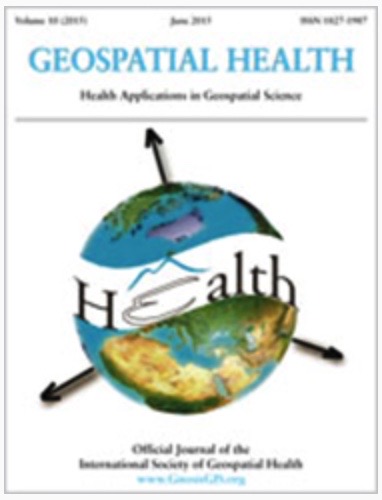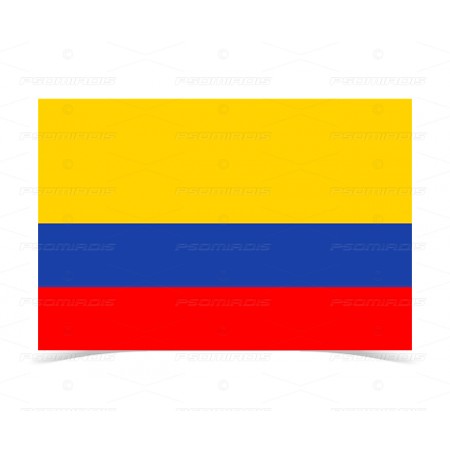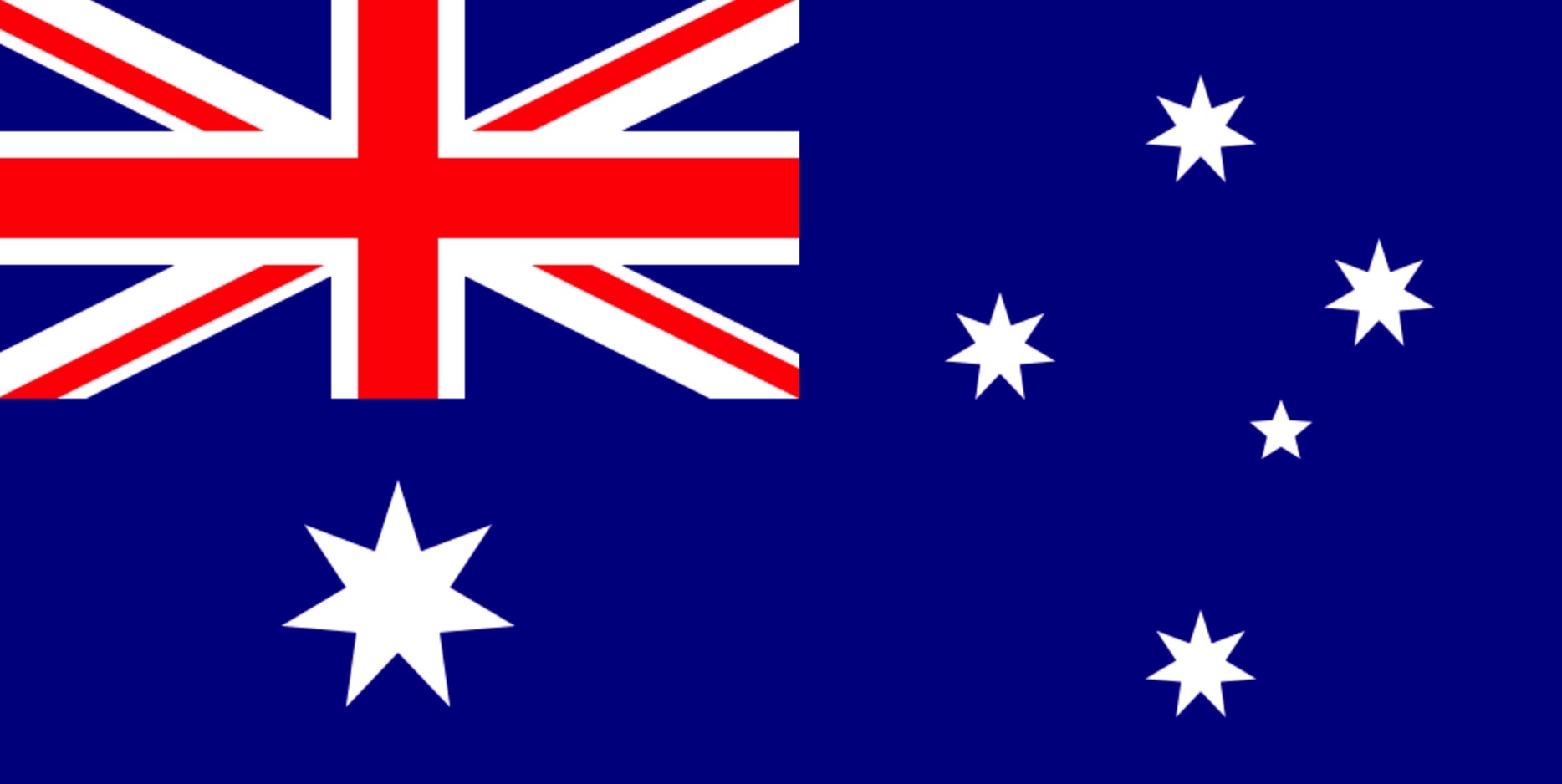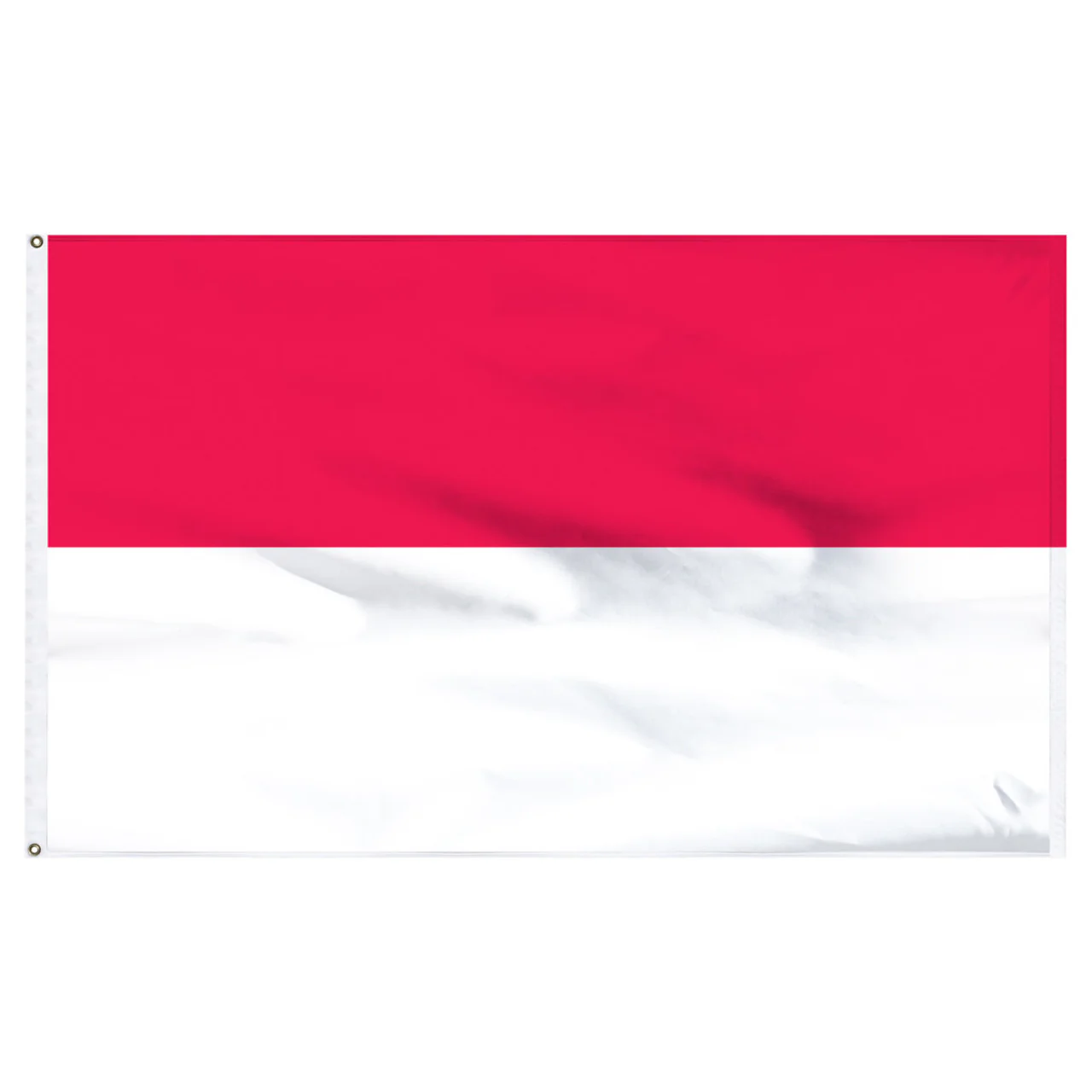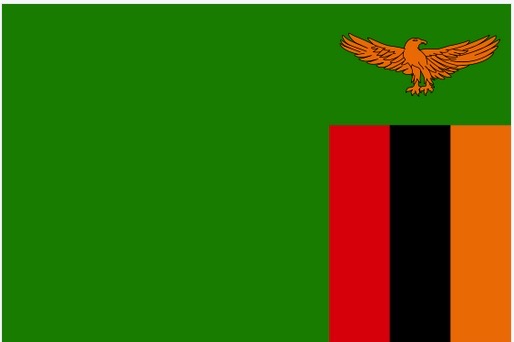Original Articles
9 November 2018
Vol. 13 No. 2 (2018)
Air versus water temperature of aquatic habitats in Delhi: Implications for transmission dynamics of Aedes aegypti

Publisher's note
All claims expressed in this article are solely those of the authors and do not necessarily represent those of their affiliated organizations, or those of the publisher, the editors and the reviewers. Any product that may be evaluated in this article or claim that may be made by its manufacturer is not guaranteed or endorsed by the publisher.
All claims expressed in this article are solely those of the authors and do not necessarily represent those of their affiliated organizations, or those of the publisher, the editors and the reviewers. Any product that may be evaluated in this article or claim that may be made by its manufacturer is not guaranteed or endorsed by the publisher.
1500
Views
805
Downloads
27
HTML

